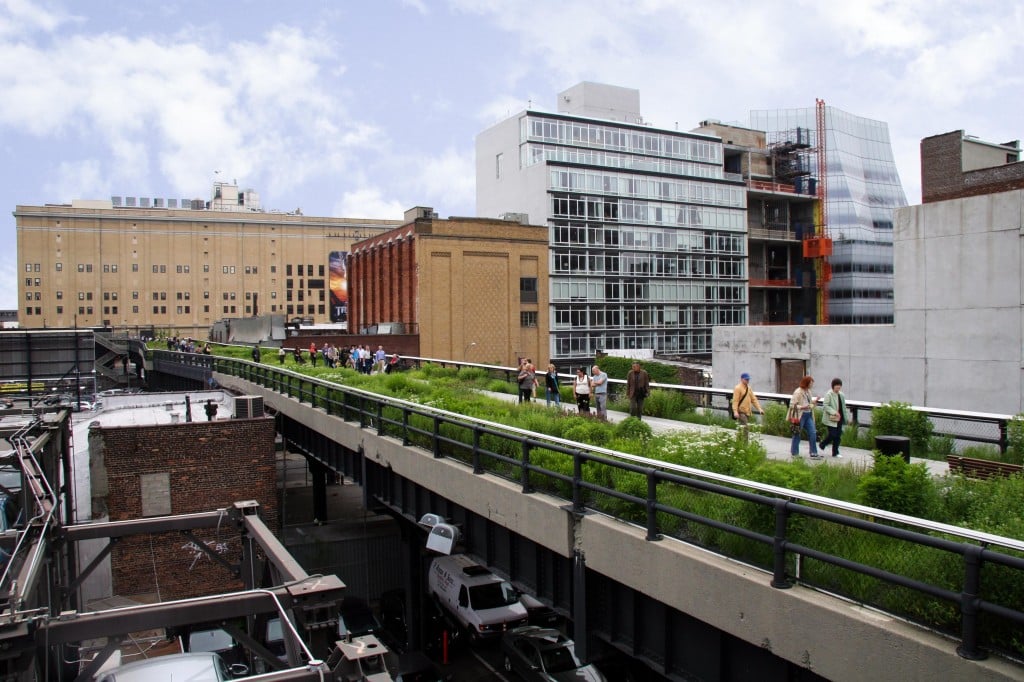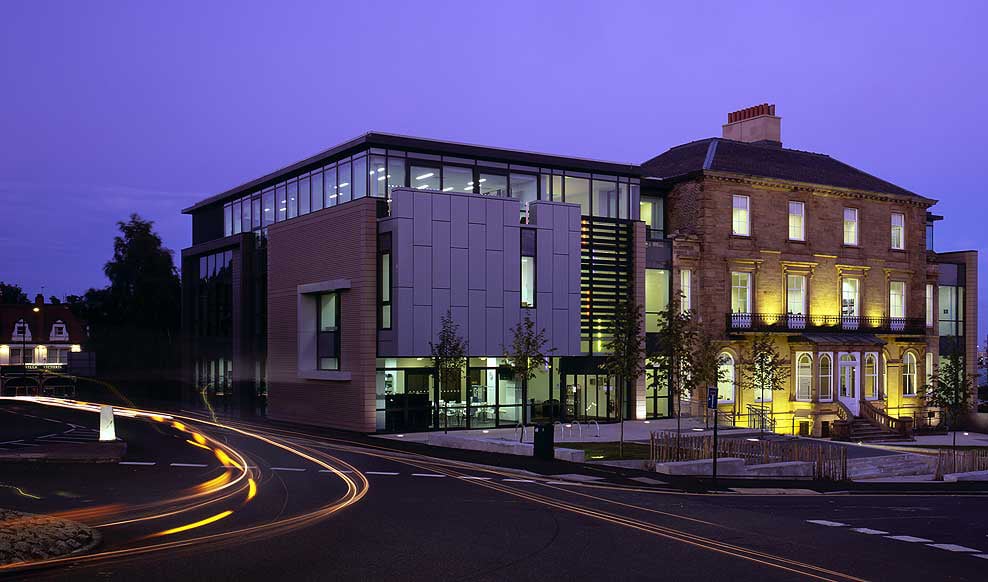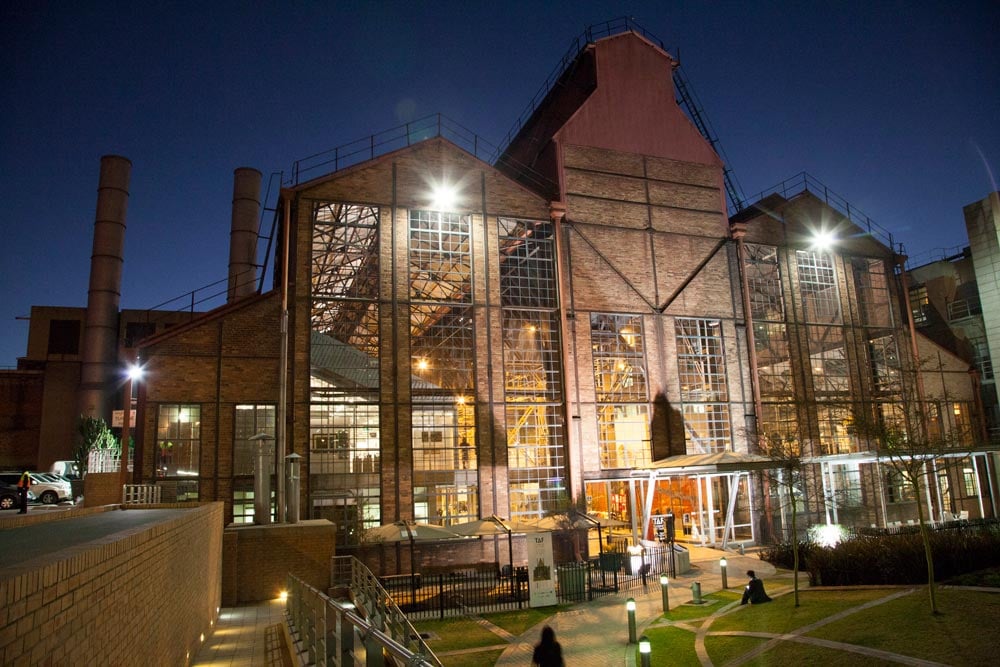Estimated reading time: 5 min
As natural resources dwindle and available urban space becomes scarce, London is witnessing an architectural purge the likes of which hasn’t been witnessed since the blitz. Buildings deemed of no practical use are being bought up, knocked down and edited out of the capital’s landscape at a startling pace. Meanwhile, in South Africa, the upcycling generation is finding new followers as people seek to maintain the momentum of an innovative sustainable cycle. It’s not merely old chairs and desks that are receiving the renovation treatment. Many of the country’s historic buildings have been given a new lease on life courtesy of some inspired architectural vision.
When London-based property investment company British Land announced the demolition of eleven buildings in a large part of historic Norton Folgate, TV Presenter Dan Cruickshank complained that the fight to maintain England’s historic buildings was akin to the Allied efforts to hold back the Nazi’s in World War Two. While Cruickshank has since denied making the statement, the relentless reconfiguration of historic buildings points to a very British trait. Rather than reimagine, we prefer to wipe the slate clean and start again. In a country with as many architecturally significant buildings as Britain, this approach should be tantamount to sacrilege.
Cities across the world are waking up to the value of retaining traditional architecture. Every city is approaching the issue from a different angle, but London is falling drastically short of the standards set by other cities. New York City is slowly gaining its footing, with projects like High Line Park injecting some much needed green space into the surrounding urban fabric. Likewise, Southern Pacific Brewing in San Francisco has achieved a unique harmony between its industrial brewing heritage and dynamic modern space. But it’s South Africa, with its rapidly developing economy and distinctive working class heritage, that is pioneering the trend for renovation over reconstruction.

High Line Park, in New York City. Image courtesy of David Berkowitz under license CC-BY 2.0
Renovation in South Africa
In South Africa, buildings like the Woodstock Exchange and the Old Biscuit Mill in Cape Town have been renovated to breathe new life back into some of the city’s most charming buildings, retaining the original character while hinting at South Africa’s ever-evolving cultural identity. When a building is completely demolished to make way for another, an aspect of the city’s identity is altered. In cities like London, the continuing reconstruction of the landscape has taken with it some of the raw industrial vibrancy that helped make it the cultural capital of the Western world.
Amongst the current wave of South African renovation schemes is the Hallmark House project, which plans to redevelop a 1970s industrial building in Johannesburg into luxury apartments. Turbine Hall too deserves recognition for its blend of fresh design and ageing industrial character. Likewise, the renovated power station based in Newtown, Johannesburg received the Colosseum Award at the Halala Awards for its seamless transformation. By developing these buildings to retain their original personality, the country can ensure a lasting architectural legacy worthy of any modern nation.

Turbine Hall, in Newtown, Johannesburg. Images Courtesy of TAF15
Renovation in Britain
Britain has made real headway in the redevelopment of historic buildings, but strict building codes and a rapid decline in industrial age structures has meant total redevelopment is often the only option. Britain remains a kingdom divided over the need to maintain historic edifices and the diminishing space of its busiest city. There have been some success stories in London’s renovation strategy, including the Tate Modern and the University of Art building near King’s Cross and St Pancras Renaissance Hotel. But these are few and far between, and the city’s penchant for starting again makes for increased construction costs and a heritage slowly eroded in the name of progress.
London’s penchant for starting again makes for increased construction costs and a heritage slowly eroded in the name of progress
Recent plans to demolish a row of historic buildings on the Strand caused a major uproar in London, with King’s College London announcing that the forty-year-old Strand building relates ‘poorly to the historic context’ of London and ‘is of no architectural merit’. The Victorian Society, a charity founded to conserve Victorian and Edwardian buildings in Britain, saw it differently. James Hughes, a Victorian Society Conservation Adviser argued: “central London would be blander if this terrace were lost.”
Long-term solutions
Of course, there are some arguments against renovation. Proponents of redevelopment ask “‘Why try to paper over the cracks for a building to last another ten years, when you could rebuild and create a building that will stand for another hundred?” It’s a fair point, but it ignores the cultural impact of removing historic buildings from London’s skyline. Projects such as RMJM’s refurbishment of Rye Hill House in Newcastle and the renovation of Queensbury House in the grounds of Edinburgh’s New Scottish Parliament have proven that historic buildings can be strengthened and made more efficient without compromising the original character of the building. In doing so, a part of local culture can be retained for future generations.

The renovated Rye Hill House, in Newcastle, England
Renovation as necessity
So why does South Africa have such a proclivity for renovation? In an interview with Dezeen magazine, Design Indaba founder Ravi Naidoo argued that the alchemy of 21st century Africa is to turn waste materials into once again useful objects. South Africa’s current policy of renovation over reconstruction points to a time when materials and capital were scarce. In short, people learned to find treasure in another man’s waste. A growing economy has helped, but the fractured economic history of South Africa has given its people a sense of resourcefulness notably absent from London’s own city planners. As the future of natural resources grows darker, we in the West must take note; this isn’t about preserving the past, it’s about reimagining the future.
The Turbine Art Fair 16 takes place at the Turbine Hall, in Newtown, Johannesburg between 14-17 July 2016.



I’ve found London to be quite receptive to refurbs, the Tate Modern is just the tip of the iceberg imho. Having said that, the Turbine Hall in Johannesburg really is a stunning example-loving the way they’ve retained the industrial feel of the place.
It’s odd ZAF decides to go this route when land is so cheap and plentiful. Clinging on to some shred of culture perhaps?
Maybe they know it’s better to make use of what you have rather than tear it down and start again? Plus, it’s true land is relatively cheap and plentiful, but the country’s national Land Reform department is still gripped by corruption
There is a theory of democratic consolidation that states that no freshly formed democracy can be considered ‘consolidated’ until the initial party that comes to power is then voted out and replaced. The ANC has been there a while…
It is a similar debate with language. French and Arabic for example, have divided camps regarding new words and whether they should be formed from scratch or simply borrowed pretty much as they are. Architecture parallels this in the sense that buildings represent the language of the city. There are always going to be cultural influences and it certainly made sense to me that the more resourceful nature of South Africa, and the global south more generally, would be more amenable to refurbishment. I often wonder about the divide in approach between the post industrial world and the up-and-comings – in all affairs.
Who Wrote this article please?
I would like to reference it within an essay that I am researching on authenticity within appropriation.
Thanks
Thanks for your marvelous posting! I seriously enjoyed reading it, you’re a great author.I will make sure to bookmark your blog and may come back in the future. I want to encourage continue your great writing, have a nice afternoon!
Hey! Do you use Twitter? I’d like to follow you if that would be okay. I’m definitely enjoying your blog and look forward to new updates.
Hmm it seems like your website ate my first comment (it was super long) so I guess I’ll just sum it up what I had written and say, I’m thoroughly enjoying your blog. I as well am an aspiring blog writer but I’m still new to the whole thing. Do you have any suggestions for novice blog writers? I’d genuinely appreciate it.
I’m really enjoying the design and layout of your site. It’s a very easy on the eyes which makes it much more enjoyable for me to come here and visit more often. Did you hire out a developer to create your theme? Exceptional work!
Does your website have a contact page? I’m having trouble locating it but, I’d like to shoot you an e-mail. I’ve got some ideas for your blog you might be interested in hearing. Either way, great site and I look forward to seeing it improve over time.
When I initially commented I clicked the “Notify me when new comments are added” checkbox and now each time a comment is added I get three e-mails with the same comment. Is there any way you can remove people from that service? Thanks!
I know this if off topic but I’m looking into starting my own weblog and was curious what all is required to get set up? I’m assuming having a blog like yours would cost a pretty penny? I’m not very web smart so I’m not 100% certain. Any recommendations or advice would be greatly appreciated. Thank you
Howdy this is kind of of off topic but I was wondering if blogs use WYSIWYG editors or if you have to manually code with HTML. I’m starting a blog soon but have no coding know-how so I wanted to get advice from someone with experience. Any help would be enormously appreciated!
At this time it sounds like BlogEngine is the preferred blogging platform available right now. (from what I’ve read) Is that what you’re using on your blog?